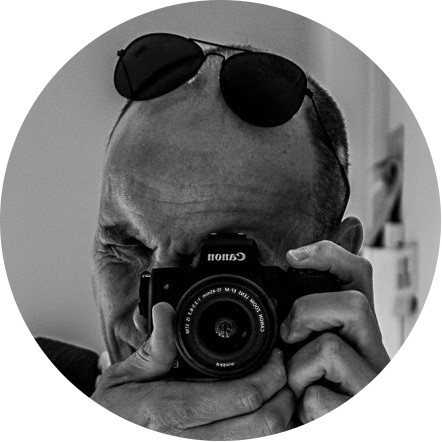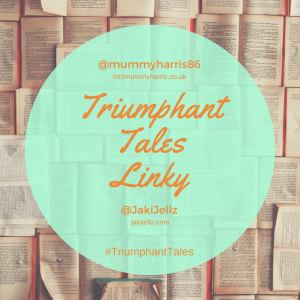I’ve always been in awe of photographs of stars and particular the Milky Way. Some of the photos out there are simply amazing, a simple Google search will show you far more amazing photos than I achieved a few nights ago. However, after being inspired by Lewis over at Adventure Brown with his Milky Way photography I decided to give it a go.
Milky Way photography is a challenge
Don’t let the number of great images on a Google or Flickr search fool you – Milky Way photography is tricky. First of all, the cloudy shaft rising through the sky or the arc of light you see in many of the great photos is not visible to the naked eye. So you need to know where it will be to be able to find it. There are apps out there, and one great looking one that Lewis recommends but that would set me back £9.99 and as a tight Yorkshireman that was never going to happen! A bit of Googling told me that the milky way is visible between the Sagittarius and Scorpius constellations. So with the free Sky Map app (Android) I managed to locate those and was ready to go.
The next thing is getting a clear night. By clear I mean zero cloud. Luckily there’s an app for that called Clear Outside (Android) that has tonnes of information within it. It’s a bit like a really detailed weather forecast and very useful. Using this you can plan ahead to find the ideal night with good favourable conditions.
You really do need dark skies. By that, I don’t just mean a time well after sunset. It also means that ideally the moon will either not have risen or be a new moon (or very close to it). Another app that’s useful to track the lunar cycle is My Moon Phase (Android). Then you need to think about light pollution. Towns and cities emit enormous amounts of light into our skies that are not favourable for star gazing, let alone astrophotography. Getting to as dark a location as possible is your best bet. If you need help finding an area of low light pollution then I would direct you to either Google it or check out the Light Pollution Map – Dark Sky & Astronomy Tools app (Android).
I have to admit, I was struggling with getting a clear night, to the point when I forgot and stopped checking.
How I made my first Milky Way photograph
Luckily for us, we live near the North York Moors, on the edge in fact. Even though it’s a small market town, light pollution still exists. But the back of our house faces south and towards nothing at all so it’s nice and dark there. So, my first task of finding some dark skies was done.
I was sat watching a movie with our daughters on Thursday evening during half-term. I opened the patio doors to let the cat in and happened to glance up at a crystal clear sky filled with stars. BINGO! I had a clear night. What made it even better was that the moon was not set to rise until close to midnight so I had almost perfect conditions.
I quickly grabbed my camera and tripod and set up just outside the patio doors. With a bit of trial and error, shooting with my 15-45mm kit lens for my Canon EOS M50, I captured the shot at the top of this post looking south-eat (ish). This was shot at 15mm with a 20 second exposure at f/3.5 (the widest the kit lens goes) with an ISO of 3200. I tidied it up with some noise reduction and other little bits in Adboe Lightroom and I’m pleased to say I love it.
It’s not the greatest Milky Way photograph there will ever be, but it’s my first one and I am chuffed.
Getting darker
When Helen came home from work I decided to head up tot he moors to get some shots from higher ground. Grace came along with me, which was nice. We didn’t go far, stopping at a parking area close to the village of Hutton-le-Hole. I captured a few shots up there, all with similar exposures to the first one made at home.
The first one here was actually a bit of an accident. I had the camera facing the car with the road behind it. The Milky Way was in the opposite direction but I thought the silhouette of the tree against a starry sky would make a nice shot. I accidentally triggered the shutter (damn touch screen cameras!). During the 20 second exposure, two cars went past in opposite direction and Grace wandered in front of the car swinging our torch around as she went. I’m actually really chuffed with how this one turned out though.

This second shot is of the Milky Way and although it’s a little grainy it has proven to me that I can capture some fantastic views of the galactic plan if I try.

What next?
Well, I will certainly be doing more of this photography and going deeper onto the moors to capture more shots. It would also be great to get over to come of our lovely Yorkshire coastal villages for some of these shots too.
I’ve love to shoot with some high-quality lenses though. Don’t get me wrong, you can make some superb photographs with kit lenses, but I would like to try some wide-angle fast prime lenses. I have the Canon 50mm f/1.8 but it not particularly wide, though I do plan on using that creatively at the next opportunity.
Thanks for reading. And, if you have any tips or suggestions (or questions) please do use the comment box below.
Dave



Thanks for the mention bud. And the first attempt came out pretty good. We’ll have to meet up in the moors for some Astro
Cheers. It’s was bloody freezing up there! Yes, be good the get together.
Absolutely amazing. Stars fascinate me and I have to admit, I can’t think about it for too long as it frazzles my brain slightly. I can’t get my head around how much space is out there! Your pictures are stunning, well done! Thanks for sharing with #TriumphantTales, do come back next week.
Thanks. I know just what you mean. To think that it goes on infinitely melts my head!
Wow! I’d love to be able to take photos of the stars like that! #triumphanttales
You don’t necessarily need an SLR camera to try it.